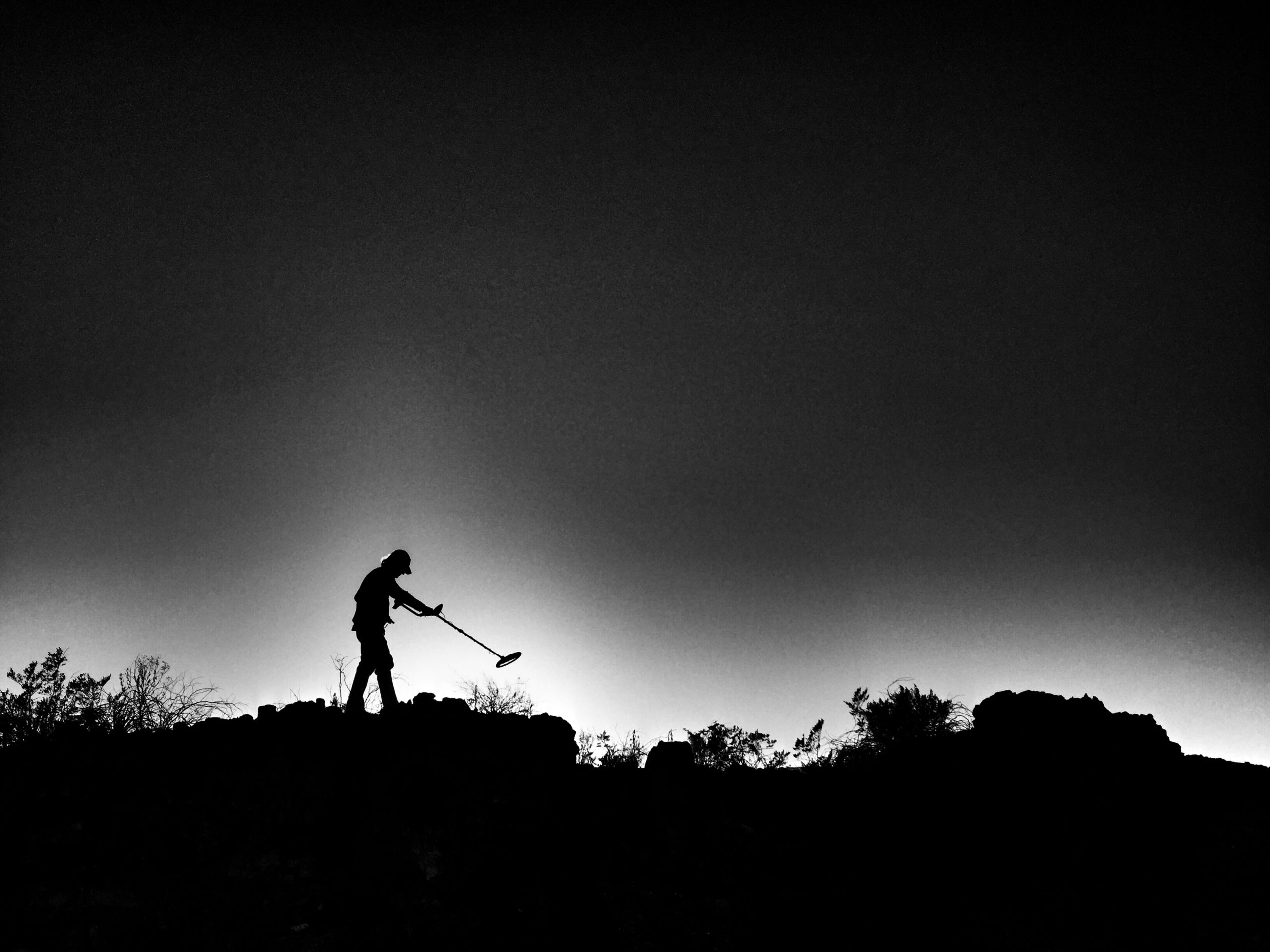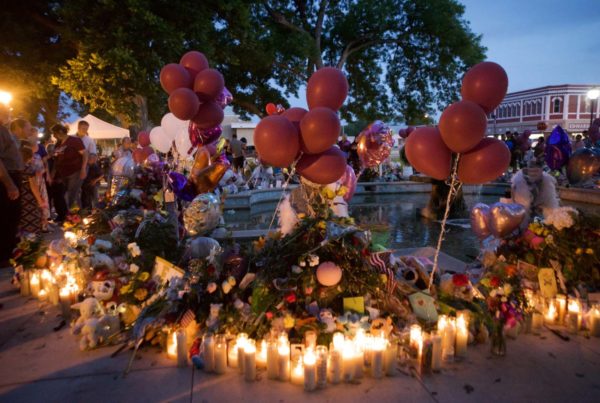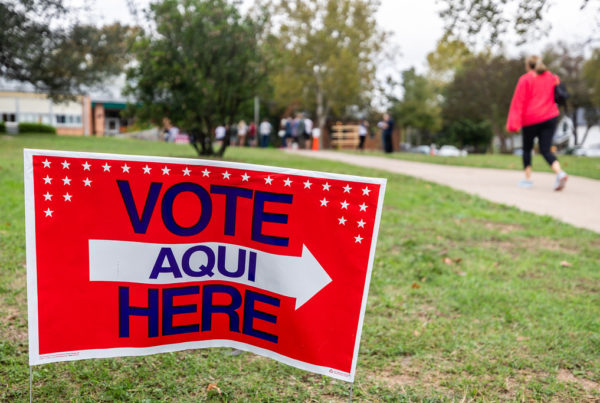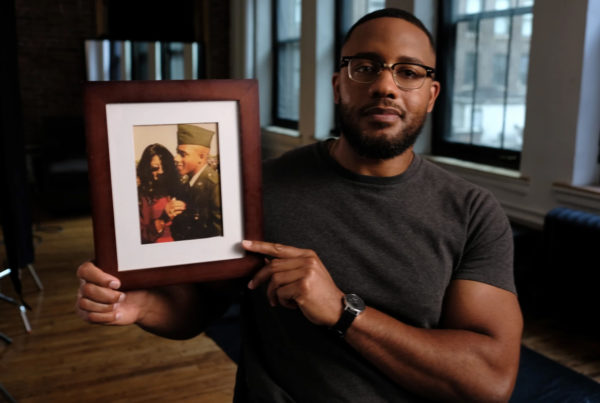The borderlands of Texas and northern Mexico could be a violent place during the Mexican Revolution, which was fought primarily between 1910 and 1920.
Factions led by figures such as Pancho Villa and Emiliano Zapata fought against the established government, and then each other. Civilians were often swept up in the chaos.
In January of 1918, there was a massacre at a small village along the border called Porvenir. Texas Rangers and members of the U.S. Army descended on the village looking for outlaws who’d raided a local ranch weeks earlier. After a search for stolen goods and weapons yielded nothing, 15 men between the ages of 16 and 72 were led away from the village by the Rangers, and shot dead.
The massacre was largely lost to history until the past decade or so, as scholars and relatives of those killed have tried to figure out what exactly happened. And a recent archaeological discovery shows there is more to the story than we’ve been told. David Keller, archaeologist for the Center for Big Bend Studies at Sul Ross State University, talked about it with the Texas Standard. Listen to the story above or read the transcript below.
This transcript has been edited lightly for clarity:
Texas Standard: Now, you recently published a paper describing what you found during an archeological survey of the Porvenir site, and the findings could well change the narrative of what happened that day. What did you dig up that was so significant?
David Keller: Well [there were] two things that were significant about it. One is that the artifacts that we recovered strongly conform to the idea that this was the site of the Porvenir massacre. So, first of all, it confirmed that. And secondly, we found something that surprised us. In addition to the civilian rounds, which were shot by the Texas Rangers and the ranchers, we found military cartridge casings and military bullets. So that was the big finding, the big discovery.
Tell us more about what the significance of that is. We’re talking about, what, the U.S. Army may have been involved in this massacre?
Yes, sadly enough, that’s what it suggests. You know, it’s not entirely the smoking gun, because there are scenarios whereby this could have ended up there without military involvement. But really, the thing is, the prevailing narrative for this story was that it was perpetuated by Texas Rangers and local ranchers and that the military’s role, if any, was in a minor supported capacity. It is in the record that the military led the Rangers to the site, but supposedly retreated during the actual massacre itself.
















